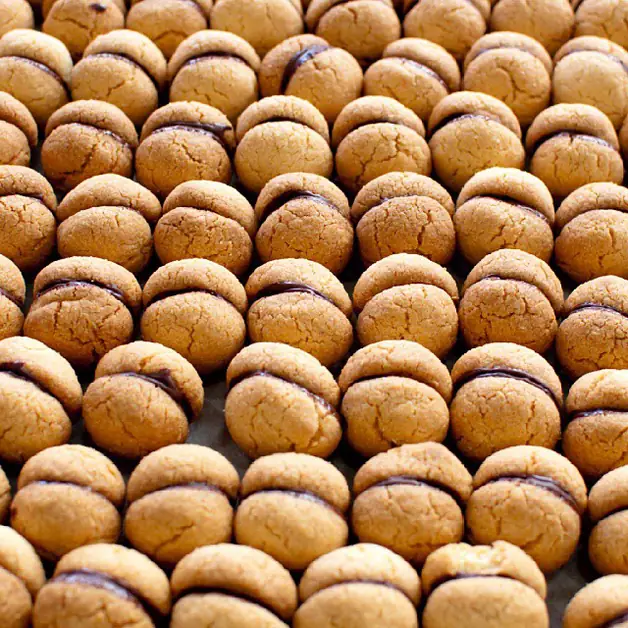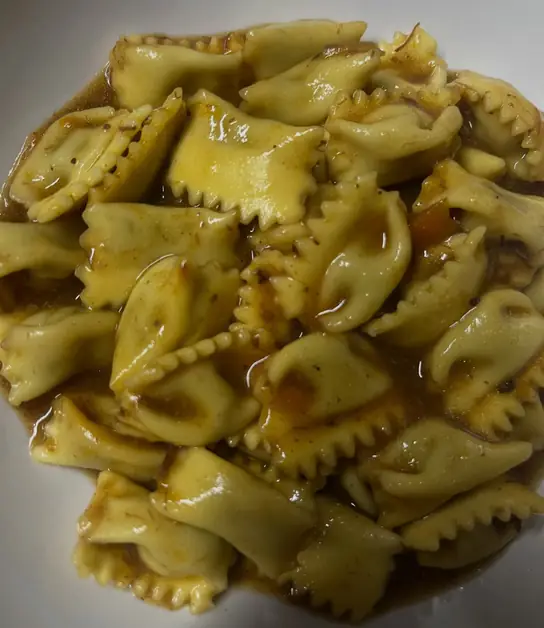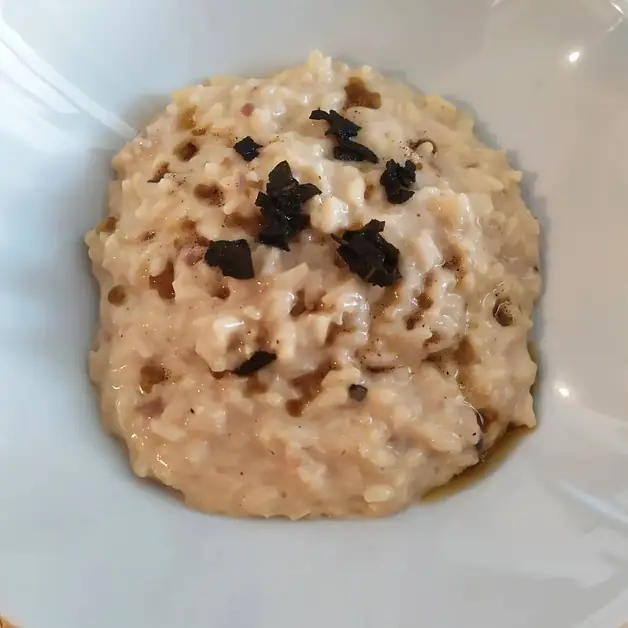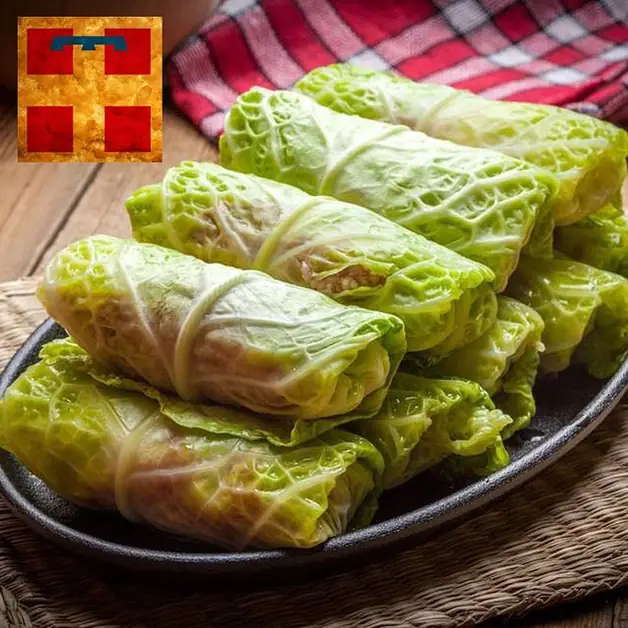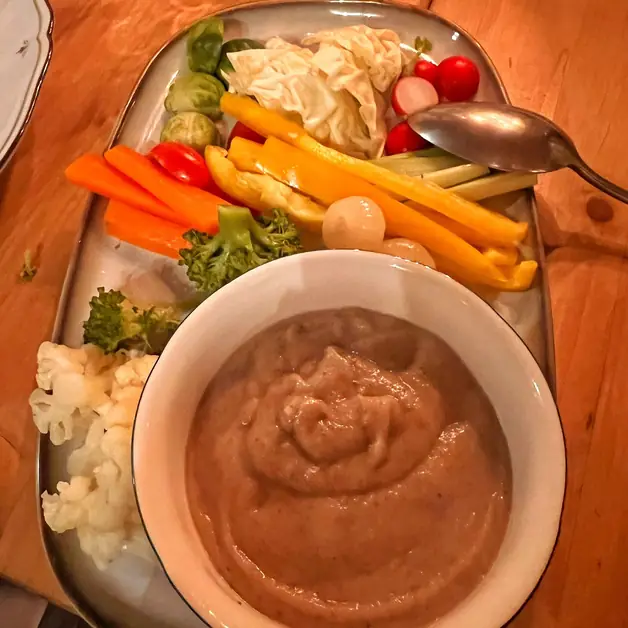The secrets of Piedmontese butter torcetti
Discover Piedmontese butter torcetti, beloved traditional cookies.
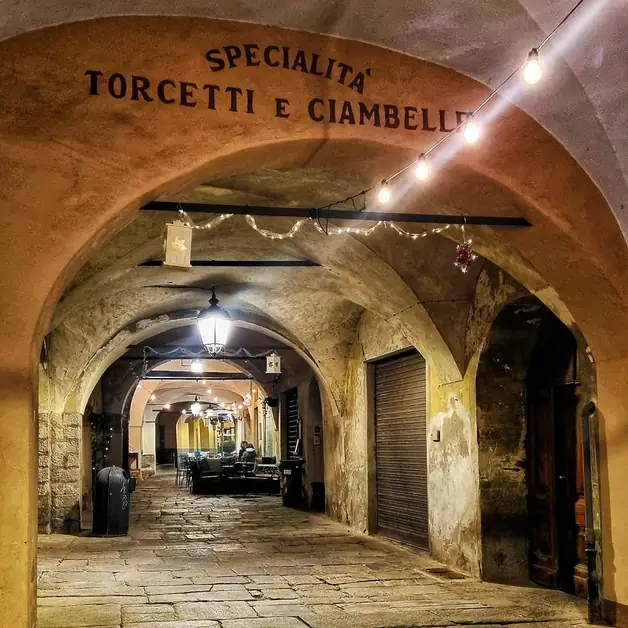
What are Piedmontese butter torcetti?
Piedmontese butter torcetti are typical cookies from Piedmont, famous for their fragrance and delicate taste that is never too sweet, despite the sugar coating. These treats have a characteristic drop-like twisted shape, from which the name "torcetti" derives. They are perfect to accompany a cup of hot chocolate or a glass of passito wine, and represent one of the most beloved specialties of the Piedmont valleys.
Where do butter torcetti come from?
Butter torcetti have ancient origins and can be found in various areas of Piedmont, particularly around Biella, Turin, in the Canavese region, and in the Lanzo valleys. They are also prepared in the nearby Aosta Valley, especially in the Saint-Vincent area. Each area has developed its own version, varying in size and consistency: for example, Biella's torcetti are larger and darker, while those from the Lanzo valleys are smaller, lighter, and crunchier.
What is the history of Piedmontese torcetti?
Legend has it that torcetti were born in the ovens of Piedmontese bakers. When the village women brought loaves to bake, the bakers prepared these small treats for the children, taking advantage of the oven that was heating up. Thus, torcetti represent a sweet linked to popular daily life and the life of mountain villages, where nothing was wasted and every occasion was good to create something good to share.
How are butter torcetti prepared?
The dough for torcetti is quite special. Unlike many other cookies, their base is a leavened dough with brewer's yeast, just like that of bread or pizza. After a first leavening, butter is added, which makes the dough soft but also difficult to work with. For this reason, the dough must rest in the refrigerator to compact and become easier to shape. Once formed, the torcetti are rolled in sugar and baked until golden and fragrant.
Why are they called torcetti?
The name "torcetti" comes from their twisted appearance. Each cookie is hand-shaped, creating a small intertwined or rolled drop. In the past, they were also called "torchietti," precisely to indicate this characteristic shape that distinguishes them from other Piedmontese cookies. The twist is not just aesthetic: it also helps to better distribute the sugar and create the right crunchiness during baking.
Is there a regulation for Piedmontese torcetti?
There is no official regulation for butter torcetti. Each Piedmontese family has its own recipe passed down from generation to generation, with small variations in the amount of butter, sugar, or leavening time. Even the bakeries and pastry shops in the Piedmont valleys guard their secrets jealously, offering unique and unmistakable versions.
When did Piedmontese torcetti originate?
According to scholar Sandro Doglio, author of the Dictionary of Gastronomy of Piedmont, torcetti are said to have originated in the Lanzo Valley in the 18th century. Their presence is documented in the Piedmontese Jam Maker of 1790 and in the Treatise on Modern Cooking and Pastry of 1854, written by the head cook's assistant of Vittorio Emanuele II of Savoy. This makes them one of the oldest and most representative Piedmontese sweets.
What are the differences between the torcetti from Biella, Lanzo, and Saint-Vincent?
The torcetti from Biella are larger, slightly darker, and have a softer consistency. Those from the Lanzo valleys, on the other hand, are thinner, lighter, and crunchier. In Saint-Vincent, in the Aosta Valley, the recipe is very similar, but with a touch more butter and a gentler baking, which gives the cookie an even more delicate flavor. This variety of versions makes torcetti a versatile and beloved sweet throughout Northern Italy.
What can butter torcetti be paired with?
Torcetti pair perfectly with hot chocolate or zabaione, two traditional Piedmontese specialties. They can also be served with sweet and passito wines, such as Moscato d'Asti or Erbaluce passito. For a perfect platter, they can be paired with other dunking cookies like lingue di gatto or classic butter cookies.
Where can authentic Piedmontese torcetti be purchased?
Those visiting Piedmont can find fresh torcetti in almost all the bakeries and artisanal pastry shops in the provinces of Turin and Biella. Some historic bakeries, like those in the Lanzo valleys, still prepare them according to family recipes, using only local butter and flours from the area. In the markets and food fairs in Piedmont, torcetti are among the most sought-after products by tourists, often sold in elegant packages perfect as souvenirs.
Can torcetti be made at home?
Yes, butter torcetti can also be made at home with a bit of patience. The ingredients are simple: flour, butter, brewer's yeast, sugar, and a pinch of salt. After allowing the dough to rise and adding the butter, small twisted rings are formed, rolled in sugar, and baked until golden. The result is a fragrant cookie, with an irresistible aroma of butter and vanilla.
